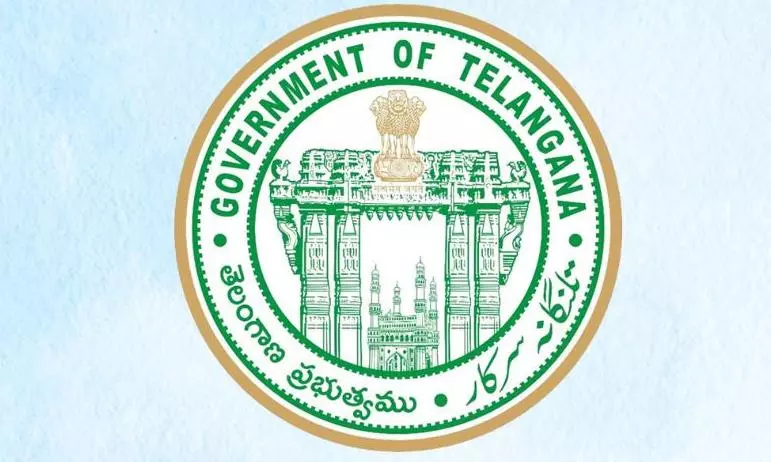
Representational file image. | Photo Credit: V Sreenivasa Murthy
Education continues to be an unattainable dream for all the children in Telangana, where enrolment rates are inversely proportionate to the child’s age, as revealed in an analysis by the Child Rights and You (CRY), a not-for-profit organisation (NPO) working in the area of child rights.
Obtaining numbers from multiple sources such as Unified District Information System for Education Plus (UDISE Plus), National Crime Records Bureau (NCRB) and the National Family Health Survey (NFHS), CRY analysed the status of girl children on multiple parameters ahead of the National Girl Child Day on January 24. The report titled ‘Status report on key concerns of the girl child’ was released on Friday.
CRY is organising a walk on January 21 on the PVNR Marg to highlight the issues of concern for the girl children, titled ‘Walk to EmpowHER!’. The walk is being organised simultaneously in Visakhapatnam, Chennai and Bengaluru, senior manager of CRY, B. Chennaiah informed. Numbers show that more than 40% girls at the secondary level and more than 55% at higher secondary level are out of schools, even though the girl enrolment at elementary level is better.
As per the UDISE Plus figures for 2021-22, Telangana has a net girl child enrolment rate of more than 94% at primary level (Classes I-IV), which is closely two points higher than that of boys. At the upper primary level (Classes V-VIII), the rate of enrolment dropped to 78.9% for girls — two points less than boys. Overall, at elementary level, the rate for girls and boys remained more or less equal.
When it comes to secondary level (Classes IX and X), the enrolment rate for girls dropped to nearly 60%, which is only marginally less than that of boys. At higher secondary level (Classes XI and XII), the enrolment rate further dropped to 42.17% for girls, however, still higher than that of boys’ (39.88%.)
Meanwhile, figures reveal that dropout rates are higher among boys at upper primary and secondary levels of schooling. The rate of dropouts at upper primary level is 3.4% for boys and 2.9% for girls, while at secondary level it is 14.5 for boys and 13.7 for girls. Health of girl children also continues to be a concern, with NFHS-5 data for 2019-21 showing that among women in the age group of 15-19, a whopping 65% were anaemic, while for men it is only 18.7%. Rural women, on the other hand, do worse than their urban counterparts on this count.
Teen pregnancies and teen motherhood is one aspect where the state has done extremely well. The NFHS-5 conducted in 2019-21 showed that the percentage of women in the 15-19 age group who were already mothers or pregnant was 5.8%, which is nearly half of 10.6% that was reported during the previous survey period (2015-16). Incidentally, maternal health is one of the newer parameters added to the Multidimensional Poverty Index of Niti Aayog.
The CRY study also analysed performance on the parameters of sex ratio, crime against girl children, trafficking, missing children, and infant and child mortality.






